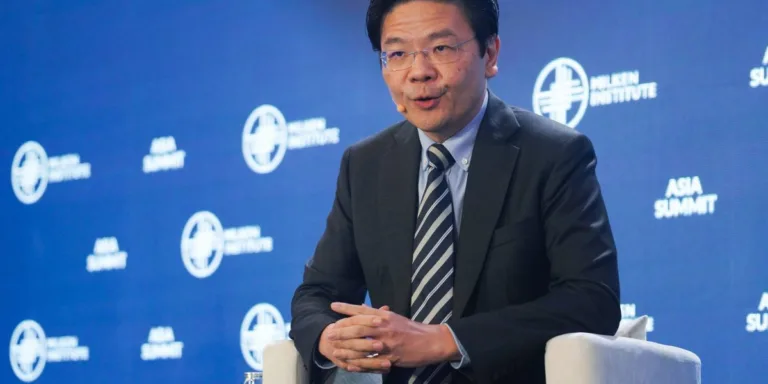Effective Strategies for Leaders to Solve Problems
Facebook’s motto, “Move fast and break things,” is being challenged by leadership experts Frances Frei and Anne Morriss. In their book ‘Move Fast and Fix Things,’ they argue that leaders should focus on solving hard problems and building a great company instead of just moving fast without considering the consequences. They outline five effective strategies for leaders to tackle their toughest challenges:
- Identify the real problem that needs to be addressed.
- Build or rebuild trust with stakeholders.
- Create inclusive conditions for the whole team to thrive.
- Tell a compelling story about the necessary change.
- Execute the plan with a sense of urgency.
Over the next few weeks, they will be sharing excerpts from their book that correspond to each strategy. In the first excerpt, they discuss the challenges faced by leaders when the real problem is not evident to everyone. Organizations often resist change when there is no immediate performance crisis, and leaders may overlook the risks associated with maintaining the status quo.
They provide a list of ten signs that indicate a company may be resistant to change:
- A task force is assigned to the problem, but lacks the necessary authority or sponsorship.
- You are thanked for your time and effort without meaningful engagement.
- Colleagues doubt the existence of a problem within the organization.
- You are asked to respond to unidentified critics instead of engaging directly.
- The specter of legal issues is used as a deterrent.
- Other problems are highlighted, suggesting a limited capacity for change.
- The idea of change being easier in the future is proposed as a delaying tactic.
- The timeline for action becomes vague and prolonged.
- Colleagues believe they can wait out your efforts.
- The response “We’ve already tried that” dismisses the potential for a different outcome.
Their advice is to address these obstacles strategically and persistently. Leaders should gather evidence to support the existence of a problem, engage in meaningful dialogue, and proactively collaborate with stakeholders to effect change. They emphasize the importance of embracing the urgency of the present situation and taking action immediately to solve mission-critical problems. Whether or not the organization has previously attempted to address a similar problem, leaders have the opportunity to approach it differently and bring about a positive outcome.







